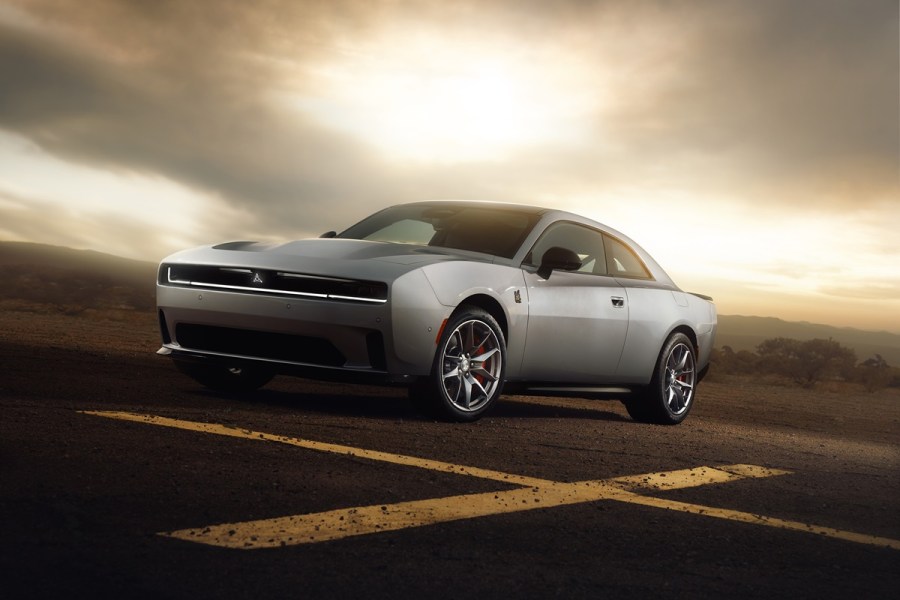The long-threatened ‘muscle EV’ has arrived. Here’s all you need to know about the electric Dodge Charger that’s set to reshape the future of the US car scene.
We’ve known about its development for a while, but now this is the real deal. No more spy shots, no more teasers, this is the final product. Behold: the new, all-electric, Dodge Charger.
First things first, before we get into the no-doubt highly-controversial underpinnings of this car, I just want to talk about the way it looks. Design is a subjective matter, and I can see what Dodge has tried to achieve with this effort; particularly from the rear quarter, its bodylines bear a strong resemblance to the classic Chargers of old. But overall, you can’t tell me this is a strong look. It’s a brand-new car, yet it somehow already looks a bit dated. If you’re going to attempt to redefine the muscle car genre, I personally would’ve hoped for something a bit more aesthetically coherent. But hey, maybe it’ll be a grower.
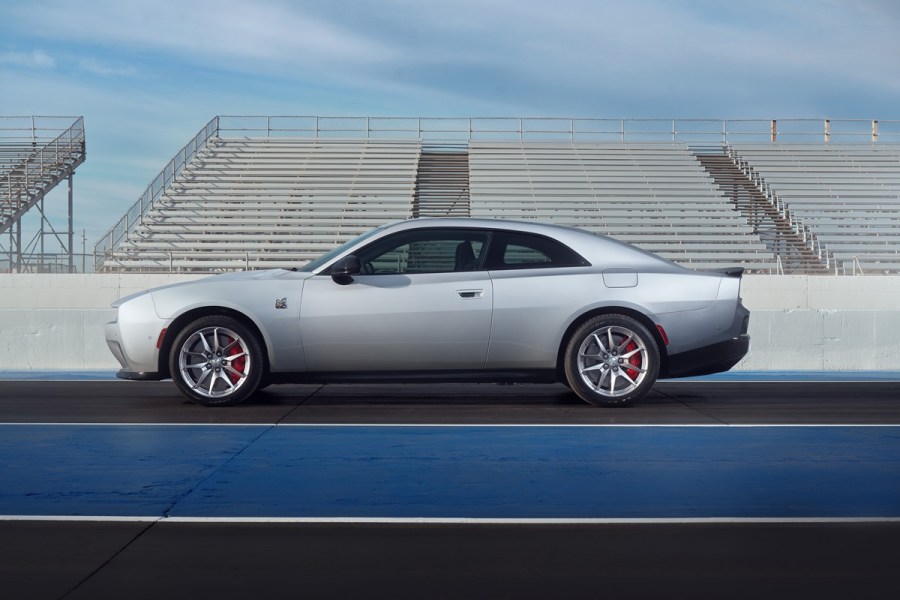
Anyway, I’m sure although it’ll have its detractors, there will also be plenty of people who like the way this thing looks. There are plenty of photographs in this article to help you make up your own mind, so instead I’ll move on to the cold hard facts. The biggest headline about this car is that it’s an EV, so let’s see what the new electric Dodge Charger is packing.
Powertrain options
At launch, there will be two different iterations of electric Charger for you to choose from. The base model will be known as the Dodge Charger Daytona R/T, and it’ll come with a stock power output of 496hp. Moving up a tier, the Charger Daytona Scat Pack boasts a far meatier punch, with the electric equivalent of 670hp on tap. In practice, that means the Scat Pack will do 0-60mph in just 3.3 seconds, and Dodge estimates it’ll run the quarter-mile in 11.5.

Oh and here’s a curveball. If (like me) you thought this car signaled the death of the combustion-engined Dodge Charger, you’d be wrong. See, alongside the much-anticipated electric powertrains, Dodge has quietly revealed that the new Charger can also be equipped with a pair of six-cylinder petrol/gas engines too. Those are of the 3.0-liter, twin-turbo variety, and will produce either 420hp or 550hp depending on spec.
Now, in isolation those are some pretty impressive engines, but from a cynical point of view, only offering six-pots rather than V8s is a great way to ensure that the electric powertrains naturally rise to the top of the model range hierarchy. I mean, come on – a six-cylinder muscle car just ain’t it, no matter how much power it’s cranking out. Or, maybe that’s just me being a dinosaur. After all, these motors have greater power and torque ratings than the HEMIs that they replace…
If you do opt for the electric version though, that doesn’t necessarily mean you’ll be getting a quiet car. Far from it, in fact. Dodge has developed a “Fratzonic Chambered Exhaust”, which they claim will result in Hellcat-matching sound levels.
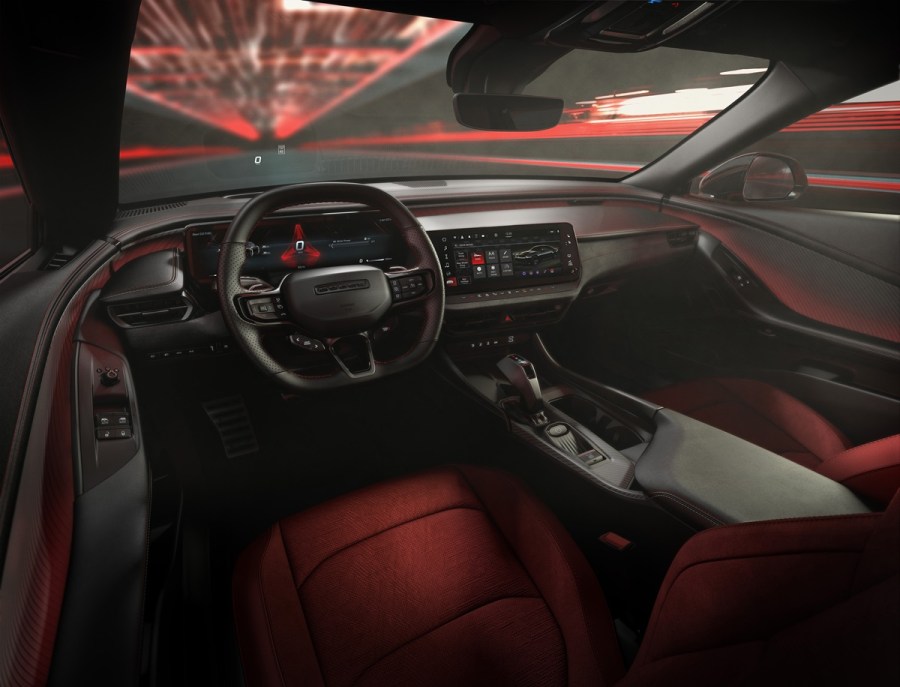
Tuning on-the-fly
As well as the faux exhaust, Dodge has put a fair amount of effort into trying to make this new Charger a lively car worthy of the badge. Another example of this is the adjustable traits that the engineers have mapped in. They are as follows:
- Donut Mode: Enables the vehicle to spin only the rear wheels and to rotate around either of the front wheels without any overbearing traction control cutting in.
- Drift Mode: The driver can select three levels of slip angle, and torque is rear-axle biased, using the front axle to help maintain slip angle. Front dampers become fully soft and rear dampers go fully stiff to enable an oversteer condition, and the traction control system allows for different wheel speeds.
- Line Lock: Gives the driver the ability to lock the front wheels, remove torque from the front axle and spin the rear tires to clean and warm up the tires before a launch event. Or, y’know, do a mad burn out.
- Launch Control: Provides optimal straight-line acceleration from a stationary start, with five selectable levels of launch intensity.
In addition to that, there are the usual driving modes to choose between, ranging from Eco to Track.
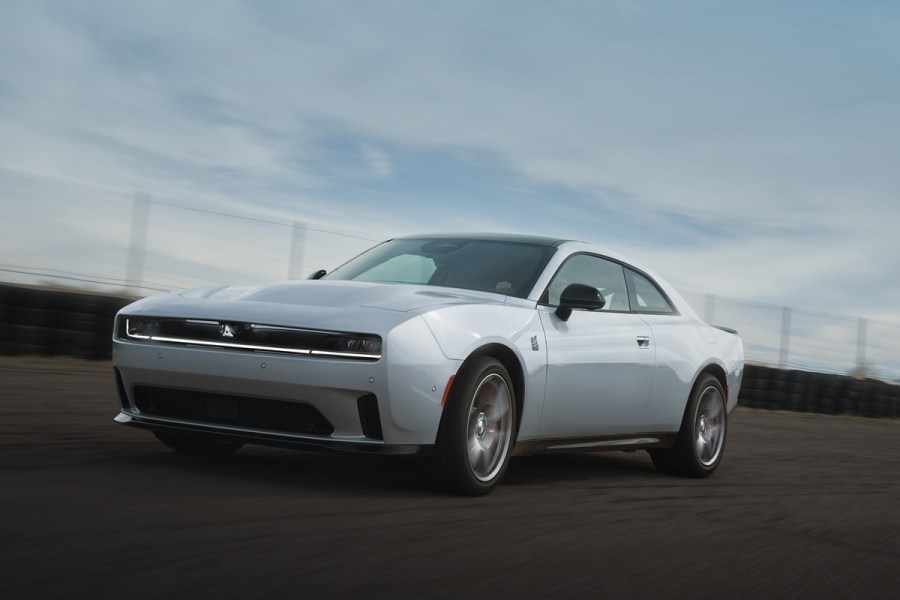
Chassis
These days, it’s not enough to just put loads of power into a slab of metal and hope for the best. No, modern muscle cars actually need a competent chassis and running gear too, which happily Dodge does seem to have delivered on.
The new electric Charger is considerably more rigid than the outgoing model, and achieves a near-perfect 50:50 weight distribution thanks to its EV architecture. The car also features multi-link front suspension, with aluminum links to increase durability as well as dynamics. At the rear, there’s a fully-independent setup with a bespoke 4-link architecture that’s been developed with performance and stability in mind. If you buy a Scat Pack, you can also add adaptive damping as an option.
Another Track Package option on the Scat Pack is a set of 16-inch Brembo rotors. Those come with six-piston calipers on the front, and four-piston calipers on the rear. All Chargers get the Brake by Wire eBoost system though, which uses electricity to aid the manual input of the brake pedal, thus delivering even greater stopping potential. As standard, the Charger gets 20-inch rims, with 305-wide tires on the front, and 325s on the rear.
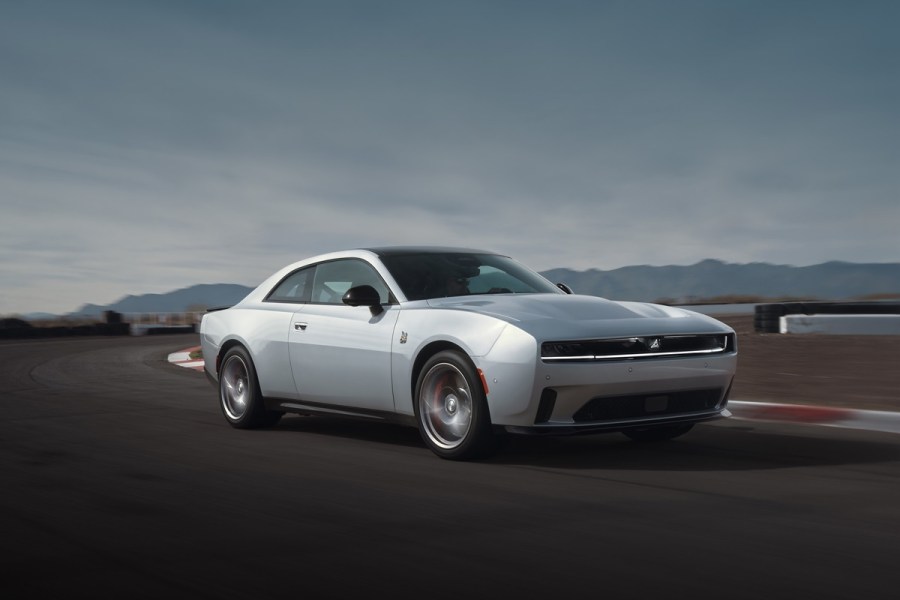
The closer you look, the more intricacies, functions, and features you’ll find. But for now, these are all the core bits of info that you need to know. So, what do you make of it? Has Dodge pulled off the unthinkable, or is this another EV to add to the ‘reject’ pile? Let us know your thoughts on the Fast Car social media pages.
Oh, and if this news has got you craving the ‘good old days’, check out our list of the best used combustion-engined muscle cars you can buy today instead.

